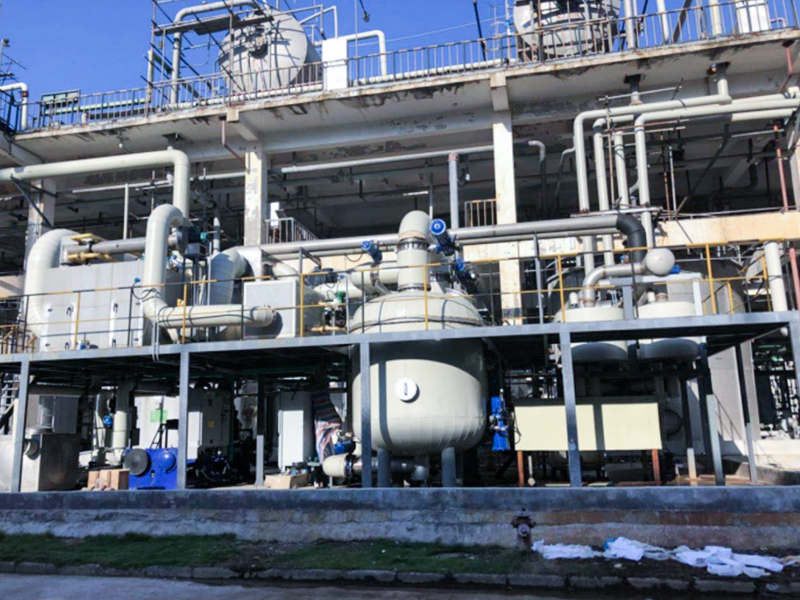VOC (Volatile Organic Compounds) recovery systems consist of several key components that work together to capture, separate, and recover VOCs from industrial processes or emissions. The specific components can vary based on the type of VOC recovery technology used and the characteristics of the VOCs involved. Here are the main components commonly found in VOC recovery systems:
1. VOC Capture Devices: These devices are responsible for capturing VOCs from the industrial process or exhaust gas stream. Common VOC capture devices include adsorption beds filled with adsorbents like activated carbon, absorption towers using liquid absorbents, condensation units for cooling and condensing VOCs, and membrane separation units.
2. Separation Units: After capturing the VOCs, the separation units are used to separate VOCs from other gases or impurities in the exhaust stream. These units can include separation vessels, distillation columns, or other separation technologies based on the specific VOCs and the desired recovery process.
3. Concentration Units: Some VOC recovery systems include concentration units that increase the concentration of the recovered VOCs to make them suitable for further processing or reuse. Concentration units may involve methods like thermal desorption or membrane processes.
4. Recovery Units: These units are responsible for the recovery of VOCs from the capturing media or carrier fluid. Different recovery methods may be used depending on the VOC recovery system, such as thermal desorption, condensation, or membrane separation.

5. Purification Units:In some cases, the recovered VOCs may undergo additional treatment and purification to remove any remaining impurities or contaminants. Purification units may involve processes like distillation or molecular sieves.
6. Storage Tanks: Recovered VOCs are often stored in storage tanks or vessels before being reused or further processed. These tanks should be designed to handle the specific characteristics of the recovered VOCs.
7. Controls and Automation: Many VOC recovery systems incorporate control and automation technologies to optimize system performance. Automated controls can adjust operating parameters based on real-time conditions and may include safety interlocks and alarms.
8. Monitoring and Analysis Instruments: Monitoring instruments are used to measure VOC concentrations, system parameters, and performance. Analysis instruments may include gas analyzers, flow meters, temperature sensors, and pressure gauges.
9. Safety Systems: VOC recovery systems require safety systems to protect personnel and prevent accidents. These systems may include gas detection, ventilation, emergency shutdowns, and fire protection measures.
10.Utilities and Support Equipment: VOC recovery systems may require utilities such as electricity, steam, cooling water, and compressed air. Support equipment, such as pumps, compressors, and fans, is used to transport gases and fluids within the system.



 English
English 简体中文
简体中文